Astragalus (Astragalus membranaceus) seeds, organic
$3.95 – $49.10
Family: Legume (Fabaceae)
Hardy to zones 4 to 10 (mulch heavily in colder zones)
(Astragalus membranaceus = Astragalus propinquus = Astragalus mongholicus, the Chinese herb Huang-qi, Huang qi) Herbaceous perennial native to China. Traditional usage (TCM): increase vital energy and protect against illness. Plants get quite large, flowering to 5 feet, with yellow flowers giving way to pea-like follicles. Plant is a sturdy survivor, and prefers full sun, average soil, and good drainage. A deep, sandy, unobstructed soil will encourage large, deep taproots, which are the part used in TCM. In the spring or fall, scarify seed lightly on medium grit sandpaper and soak overnight. Alternatively, drop seeds in just-boiled water, stir for 60 seconds, then add cold water until the mix is luke warm and soak overnight. Then, inoculate seed with a broadscale rhizobium inoculant that contains Mesorhizobium species of rhizobacteria. Otherwise, inoculate the starting mix with soil taken from around healthy astragalus plants, or plant in an area where astragalus is already growing healthily. All this is to encourage nitrogen fixation. Even simply growing the plant in an area where legumes have been grown in the past (red clover or oats/peas covercrop, for example) will help. Once the plants start to grow healthily, it means they have sequestered the necessary rhizobia from the substrate. Direct seed in early spring or start in pots in the greenhouse, or start in the fall. Germ in 3 to 10 days. Transplant or thin to 6 inches apart.
Packet contains 30 Seeds
1 g contains ~250 seeds
5 g contains ~1,250 seeds
10 g contains ~2,500 seeds
Certified Organically Grown

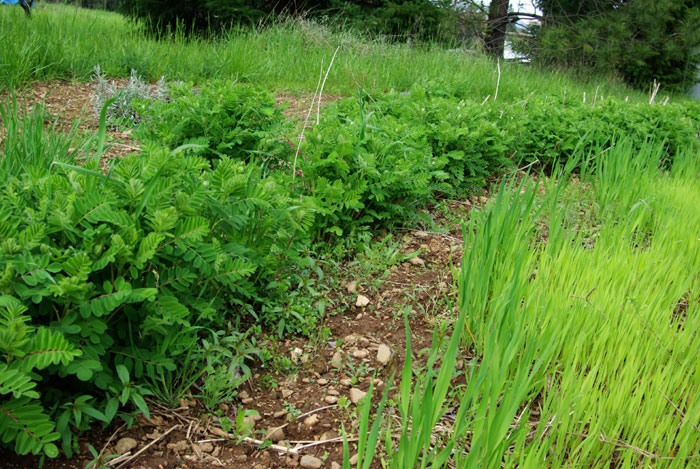
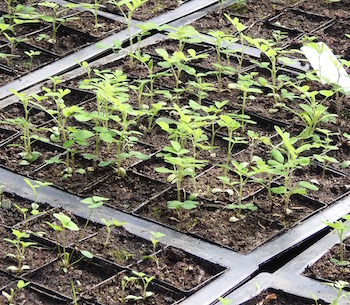
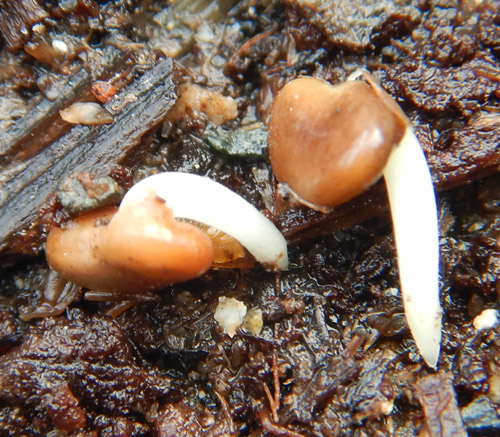
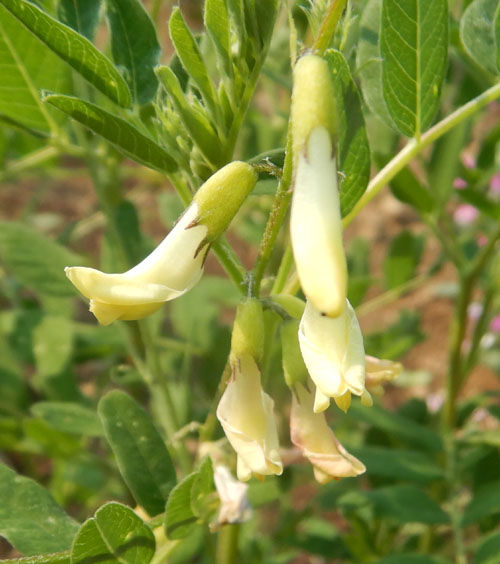


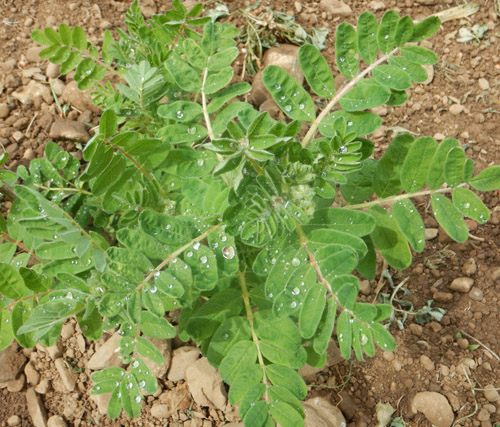
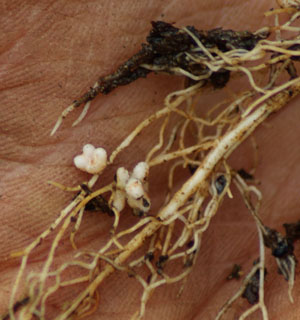
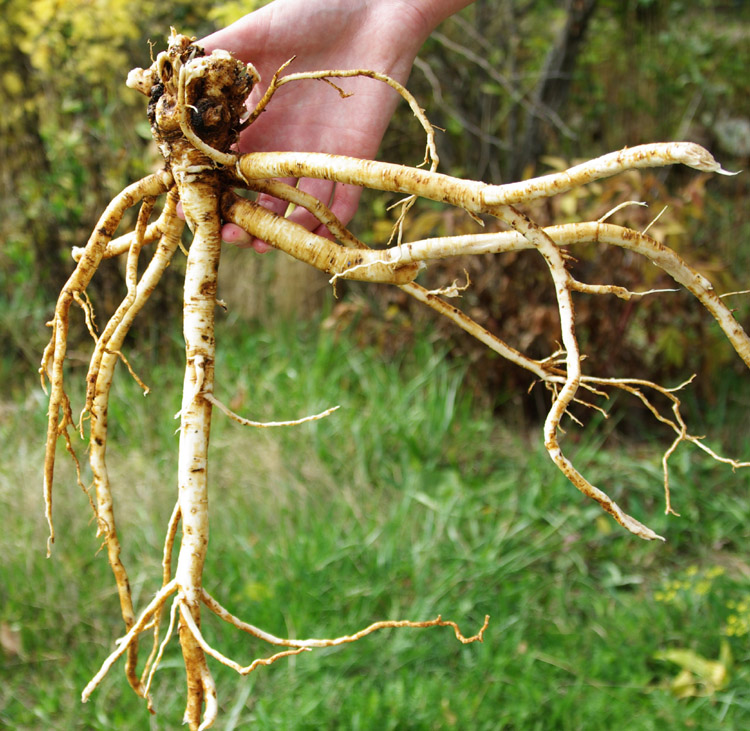
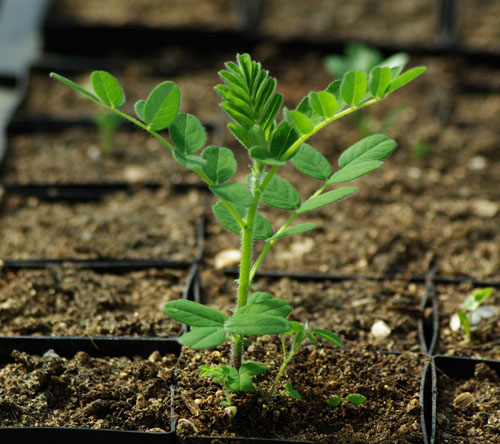

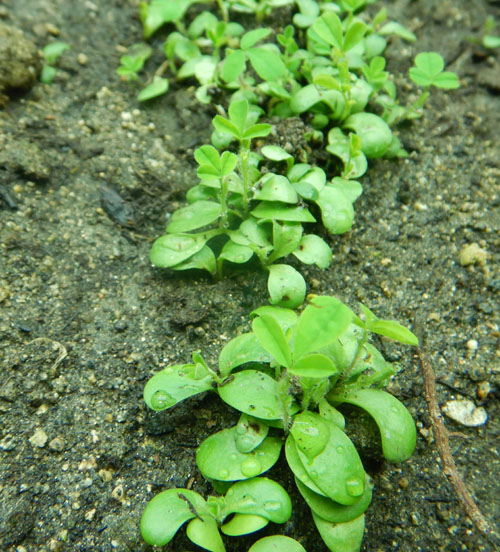
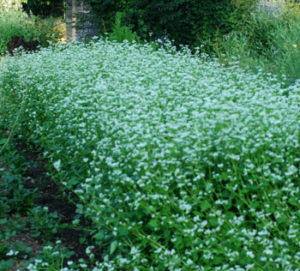
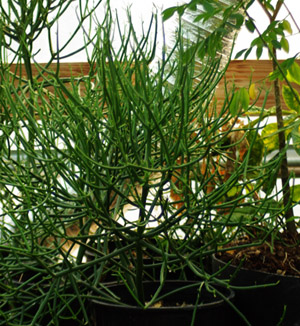

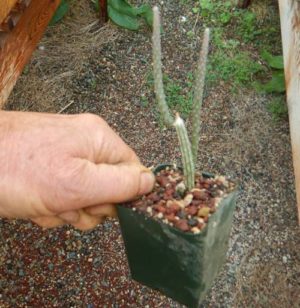
Question
Kalili –
Hello Richo!
I certainly want to start my Astragalus seeds to plants off right. Would a general legume inoculant work for this or is there a special product that might contain Mesorhizobium better oriented for benefiting the Astragalus?
Upvote if this was helpful (0) Downvote if this was not helpful (0) Watch Unwatch Flag for removal
Richo Cech –
Hello Kalili,
You’re right about this–with the nitrogen fixing plants it really makes all the difference to have the right symbiont in the soil. There are many inoculants out there and the good ones list the species of bacteria they contain. Read the label and get one that lists Mesorhizobium. Alternatively take soil from around an established Astragalus plant that is healthy and use that as an inoculant. It is part of the magic of these plants that they sequester what they need, but they often need humans to initiate. Good thing, otherwise what would we be good for? You’ll enjoy “Growing Plant Medicine Vol 2” which has 7 loaded pages on the Legume family. richo
Upvote if this was helpful (0) Downvote if this was not helpful (0) Flag for removal
Question
deenaclass –
I have a giant 5-year-old plant now! Do you think it’s possible to harvest just some of the root and replant the rest after it goes dormant? My perennial problem with harvesting roots… Unless it’s an annual, I hate to kill the plant! 🥺
Upvote if this was helpful (0) Downvote if this was not helpful (0) Watch Unwatch Flag for removal
Richo Cech –
hi deena, the astragalus does have a lifespan, too, so you’ll want to dig the root before its lifespan is over. You can plant more of them. Taproots for the most part can’t be divided. richo
Upvote if this was helpful (0) Downvote if this was not helpful (0) Flag for removal
deenaclass –
Ooh- good to know! I’ll be sure to harvest this fall/winter and plan to plant some seeds for future years! Thanks as always for sharing your wisdom! 🫶🏽
Upvote if this was helpful (0) Downvote if this was not helpful (0) Flag for removal
Question
Laura Scott (verified owner) –
Hi Richo. Attached is a picture of my two year old astragalus plant which I grew from seed purchased from Strictly Medicinal. As you can see, it is loaded with seed pods. Two questions: are the little mini peas inside edible? This is almost a rhetorical question as I have nibbled on them and lived to tell about it but are there known contraindications? They tasted just like raw garden peas! Also, will the seed be viable? I may never have to purchase seed again if they are!
Thanks a bunch,
Laura
Upvote if this was helpful (0) Downvote if this was not helpful (0) Watch Unwatch Flag for removal
Richo Cech –
hi laura, very dense astragalus with echinacea peeping out, good for you! I haven’t made it a habit of eating the astragalus seeds because I’m always trying to save them for seeds. Although a nibble is certainly harmless, probably they do contain some peculiar lectins, so I wouldn’t make it a habit to eat lots of them. Anyhow as you know its the root that does the work. I suppose you could make a spontaneous fresh root astrag/ech compound with what you’ve got there. Richo
Upvote if this was helpful (0) Downvote if this was not helpful (0) Flag for removal
Laura Scott (verified owner) –
Thank you, Richo. Gosh there is always something new to learn, re: lectins! I will give this plant one more season before digging roots and look forward to two others (purchased from Strictly Medicinal as plants) to come into their own.
Peace and all Good!
Upvote if this was helpful (0) Downvote if this was not helpful (0) Flag for removal
Question
Jerrica Sweetnich –
Hi there. I started my seeds indoors and they germinated beautifully. I transplanted them outside and they died within 24 hours. Any advice for next time?
Upvote if this was helpful (0) Downvote if this was not helpful (0) Watch Unwatch Flag for removal
Richo Cech –
hi jerrica, it helps to inoculate with forest soil and work up to a larger size before transplanting out. sometimes herbaceous perennials appear to have died but if they have a sufficiently budded root they come back the next year. so either grow in place in the garden (direct seed) or keep in pots for long enough to assure a budded crown. r
Upvote if this was helpful (1) Downvote if this was not helpful (0) Flag for removal
Frances –
You usually have to do a transition period where you start off with an hour of sun and increase to full sun over a week or two weeks.
Upvote if this was helpful (1) Downvote if this was not helpful (0) Flag for removal
Question
GB –
I live in Iowa and I’m curious if I can simply scare soak and plant in early spring when soil temps are just above freezing
Upvote if this was helpful (0) Downvote if this was not helpful (0) Watch Unwatch Flag for removal
Richo Cech –
yes, that is a recommended way of doing it. r
Upvote if this was helpful (0) Downvote if this was not helpful (0) Flag for removal
Kimberly Cook –
Good Afternoon Richo, I would appreciate your advice. Can I plant my astragalus seeds and ashwagandha seeds in the same garden bed or should they be maintained in separate beds? Thank you!
Upvote if this was helpful (0) Downvote if this was not helpful (0) Flag for removal
Richo Cech –
Hi Kimberly, thanks for writing. There’s no reason to keep astragalus and ashwagandha plants in separate beds. One is an N. fixer and the other is a nightshade. Reasonable companions, still they should be spaced far enough apart for each to develop to its full potential. Unless you’re in a very warm zone 8 or above, the astragalus is going to be a perennial, and the ashwagandha an annual. richo
Upvote if this was helpful (0) Downvote if this was not helpful (0) Flag for removal
Question
D. Wedemeyer (verified owner) –
In your web site recommendations for growing astragalus you recommend scarifying seeds and also soaking overnight in mycoblast tea or kelp tea.
Should this soaking take place BEFORE or AFTER your recommended 20 days of cold moist refrigeration?
Also, we are in Tampa, Florida, and for the next month expected daytime temperatures will be in the low to mid 80s and nighttime in the 60s. Rather than direct seeding in this warm weather, would you possibly suggest seeding in a cooler indoors environment and then transplanting into the outdoors warmth a few or more days following germination?
I don’t remember the precise weather conditions, but about 10 years ago we had very good results with direct outdoors seeding of your astragalus. However, when we attempted to repeat the process 3 or 4 years ago we had poor germination.
Upvote if this was helpful (0) Downvote if this was not helpful (0) Watch Unwatch Flag for removal
Richo Cech –
hello! The seed coat needs to be pierced or scratched before soaking. Kelp tea can be substituted for mycoblast. After soaking, plant in cool soils or refrigerate in moist medium and then plant warm. We’ve taken to inoculating our seed plantings with soil from around established astragalus plants. This has been working well. Astragalus is one of those plants, you know what i mean, when I say SOMETHING always seems to happen to it–you make the perfect planting and then a bird pecks into it, or whatever chance, absurd mishaps occur. its like that. richo
Upvote if this was helpful (0) Downvote if this was not helpful (0) Flag for removal
Question
k –
Do deer like to feast on Astragalus?
Upvote if this was helpful (0) Downvote if this was not helpful (0) Watch Unwatch Flag for removal
Richo Cech –
Hi k, not particularly, although i suppose if it was the only green thing around they would eat it. deer like mucilaginous herbs and bitters like chicory and dandelion. they will jump a fence to get broccoli, but they’re not too interested in astragalus. r
Upvote if this was helpful (0) Downvote if this was not helpful (0) Flag for removal
matt smith –
Just wanna say, as for the 2022 seeds, no scarification was needed. 7 days into stratification half the seeds rooted out. Thanks for fresh seed!
Upvote if this was helpful (1) Downvote if this was not helpful (0) Flag for removal
Question
Danielle, Mars Hill NC (verified owner) –
My soil is mostly clay, so I’m planning to make a raised bed for my little seedlings. How deep should the bed be to give the tap roots enough room to grow?
Upvote if this was helpful (0) Downvote if this was not helpful (0) Watch Unwatch Flag for removal
Richo Cech –
Hi Danielle,
There’s a picture of the taproot in the gallery. I’d give it 12 inches anyway. To a certain extent it isn’t critical because if the soil depth is less than that the plant will adapt.
Richo
Upvote if this was helpful (0) Downvote if this was not helpful (0) Flag for removal
Question
Jason –
I was excited to see my 60 Astragalus seeds sprouting after 3 weeks damp in the refrigerator. Now I have them in 2″ soil blocks with Rhizophagus intraradices on a heating/germination mat around 70degF, and after 3 additional weeks see no sign of activity. How long should I wait for sprouting?
Upvote if this was helpful (0) Downvote if this was not helpful (0) Watch Unwatch Flag for removal
Richo Cech –
Hi Jason,
Thanks for staying in touch. The Rhizophagus is a very good idea and will help assure success. These are cool soil germinators and I wouldn’t use a heat mat myself. Let the heat come to the plant naturally from above. Read richo’s blog “advanced seed planting techniques” for more on this. Dig up a seed and see what’s happening in order to gain a feel for progress. If the root cap is still healthy then OK! If brown, then the transfer was not successful. My opinion–chancy to pre-sprout seeds, better to scarify, soak overnight and plant in cool medium and yes, inoculate. r
Upvote if this was helpful (1) Downvote if this was not helpful (0) Flag for removal
Jason (verified owner) –
Richo,
I really appreciate the coaching on this one. Just got another batch of seeds, scarified and soaked them, and with sow in well-draining inoculated medium. I can throw the flats into a walk-in cooler for 3 weeks at 40F if that assures success. What do you think? Also, should I take the time to sow in cells and avoid disturbing seedlings later by pricking out?
Upvote if this was helpful (0) Downvote if this was not helpful (0) Flag for removal
Richo Cech –
cool greenhouse temps preferred, chilling of flats not advised, seedlings relatively easy to prick out, haven’t seen big problems as long as inoculant is present r
Upvote if this was helpful (0) Downvote if this was not helpful (0) Flag for removal
Danielle (verified owner) –
Hi Richo, I’ve tried astragalus two springs now with excellent germination. But both times seedlings get some kind of damping off problem and stems break off at soil level. I’ve only ever had this problem with astragalus. Is there anything I can do to prevent this?
Upvote if this was helpful (0) Downvote if this was not helpful (0) Flag for removal
Richo Cech –
Hi Danielle,
Thanks for contacting! Astragalus is an n-fixer and that’s a good thing but it does need the right mycorrhizal associations otherwise like you say it can get yucky fast. Inoculate with some soil from around mature astragalus plants or use a broadscale inoculant as purchased in nursery supply store. Using a sandy potting soil can help. I direct-seed these in the field in order to avoid damping off–they ten to do better that way–but it is challenging! Richo
Upvote if this was helpful (1) Downvote if this was not helpful (0) Flag for removal
gehl.danielle (verified owner) –
Thank you very much for the response! I’ll try the inoculant along with my other legume seeds.
Upvote if this was helpful (0) Downvote if this was not helpful (0) Flag for removal
Question
Susan Alli –
How does this like being in a container or best placement for my Hellish hot summers of Modesto,Ca?
Upvote if this was helpful (0) Downvote if this was not helpful (0) Watch Unwatch Flag for removal
Richo Cech –
Hi Susan, This plant does well in hot climates and is taprooted, so does not particularly like pots. Give standard garden culture for modesto. richo
Upvote if this was helpful (0) Downvote if this was not helpful (0) Flag for removal
Shivani Spirit –
I started the seeds with just a light scarifying and they germinated well and I now have some beautiful medicine plants!!! Thank you!! I Love growing the medicines that I use!!
Upvote if this was helpful (2) Downvote if this was not helpful (0) Watch Unwatch Flag for removal
Question
Shivani Spirit –
Hi Richo, I started a few seeds in the spring and now have some beautiful plants. How long should I wait before harvesting the roots? This year or should I wait a few years/. Thanks Shivani
Upvote if this was helpful (1) Downvote if this was not helpful (0) Watch Unwatch Flag for removal
Richo Cech –
Hello Shivani, In the first year they don’t make much root to speak of, probably best to wait until fall of second year to dig. r
Upvote if this was helpful (1) Downvote if this was not helpful (0) Flag for removal
Richo Cech –
hi shivani, thanks for contacting. first year roots tend to be pretty small–the traditional method is to harvest at 3 to 5 years. you can find this and other relevant info in the legume chapter of “Growing Plant Medicine Vol 2.” All the best, richo
Upvote if this was helpful (0) Downvote if this was not helpful (0) Flag for removal
blick002 –
I started these indoors and transplanted into average garden soil, full sun, zone 3. They were slow to take off the first year, being partially shaded by neighboring faster growing seedlings didn’t help. In their second year they really took off – many bloomed and set seed. A beautiful plant. I’ve neglected to mulch them, but they seem to survive just fine with the heavy blanket of snow we get.
Upvote if this was helpful (0) Downvote if this was not helpful (0) Watch Unwatch Flag for removal
Heiderose MacDonald –
Can I grow these in a bed that on a rotation has grown peas and green beans, is this an acceptable way to inoculate? Or, alternatively, can I dig up some forest soil and add that?
Upvote if this was helpful (0) Downvote if this was not helpful (0) Flag for removal
Richo Cech –
Hello Heiderose, Thanks for staying in touch. You’re thinking in the right direction and you also reminded me that I need to plant more Astragalus seeds myself today. I’ll do that presently. Meanwhile, I think your idea about growing this legume in soils that have previously harbored legumes is the best idea. It helps surprisingly much. Not really about forest soils, this one. You can find out more about all this in “Growing Plabnt Medicine Vol 2” which has the legume family and the astragalus monograph. But actually it seems you’re going in exactly the right direction, richo
Upvote if this was helpful (0) Downvote if this was not helpful (0) Flag for removal